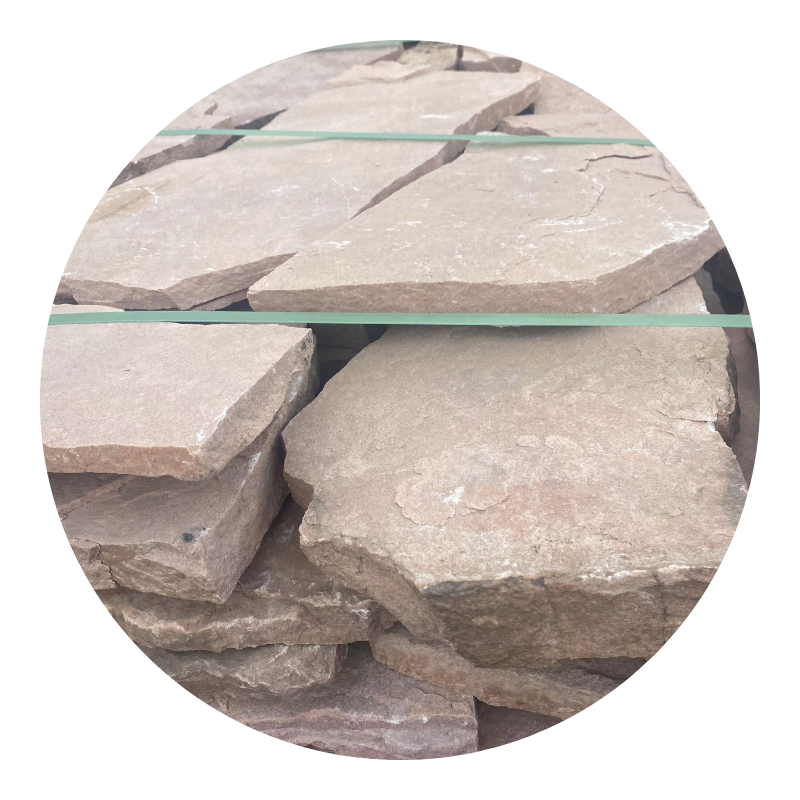
fly ash concrete price
Understanding the Price Dynamics of Fly Ash Concrete
In the construction industry, concrete is an essential material, and its formulation plays a crucial role in determining its cost, strength, and durability. Recently, the use of fly ash in concrete has gained popularity, not only for its potential cost benefits but also for its contribution to sustainability. This article will explore the factors driving the price of fly ash concrete, its advantages, and the overall market trends associated with this innovative building material.
What is Fly Ash?
Fly ash is a byproduct of coal combustion in power plants. It is collected from the flue gases produced during the burning of coal. The material is then processed and reused as a partial replacement for cement in concrete mixtures. Fly ash is classified into two main types Class F and Class C. Class F fly ash is typically produced from burning anthracite or bituminous coal and has pozzolanic properties, while Class C fly ash is derived from lignite coal and has self-cementing properties.
Benefits of Using Fly Ash in Concrete
1. Cost Efficiency One of the most significant advantages of incorporating fly ash into concrete is the reduction in material costs. Fly ash can replace a portion of the cement in concrete mixtures, which can lower the overall cost in regions where cement prices are high. Additionally, because fly ash is a byproduct, it is often available at a lower price than traditional cement.
2. Environmental Sustainability Using fly ash in concrete is an effective way to promote sustainable construction practices. It reduces the amount of waste sent to landfills while decreasing the demand for cement production, which is a major source of carbon emissions. By utilizing fly ash, construction projects can significantly lower their environmental impact.
3. Improved Workability Fly ash can enhance the workability of concrete. It helps improve the flow of concrete mixtures, making them easier to place and form. This characteristic can be particularly beneficial in complex structural forms and congested reinforcement scenarios.
4. Enhanced Durability and Strength Fly ash contributes to the long-term strength of concrete by facilitating the hydration process. As fly ash reacts with calcium hydroxide produced during cement hydration, it forms additional calcium silicate hydrate, which enhances the strength and durability of the concrete over time.
Pricing Factors for Fly Ash Concrete
fly ash concrete price

The price of fly ash concrete is influenced by several factors
- Supply and Demand The availability of fly ash as well as its demand in different regions plays a significant role in pricing. Regions with abundant coal-fired power plants and a robust supply of fly ash will likely see more competitive pricing.
- Transportation Costs Fly ash is often transported from power plants to concrete production facilities. The distance between these locations can significantly impact the overall cost, with longer distances resulting in higher transportation fees.
- Quality of Fly Ash The quality and classification of fly ash can also affect its price. Higher quality fly ash may command a premium price due to its improved performance characteristics.
- Cement Prices As fly ash replaces cement in concrete mixes, fluctuations in cement prices will directly affect the price of fly ash concrete. A surge in cement prices may increase the attractiveness and thus the demand for fly ash concrete.
- Regulatory Factors The regulatory environment can impact the price of fly ash. Policies promoting sustainable construction and the use of recycled materials may support the growth and pricing of fly ash concrete.
Market Trends
The fly ash concrete market is expected to grow as more construction companies and industry professionals recognize its benefits. Advances in infrastructure development and an increasing focus on sustainability are driving this trend. Governments and private sectors alike are investing in green building initiatives which endorse the use of materials like fly ash.
In conclusion, the price of fly ash concrete is shaped by various factors including material availability, quality, and market demand. As the construction industry moves towards more sustainable practices, the utilization of fly ash not only presents economic advantages but also plays a pivotal role in reducing environmental footprints. With continued advancements and awareness, fly ash concrete will likely become a preferred choice for future construction projects across the globe.
Share
-
Fly Ash Solutions Enhanced by GPT-4 Turbo | Sustainable InnovationNewsAug.01,2025
-
Natural Premium Bentonite Cat Litter - Superior ClumpingNewsJul.31,2025
-
Premium Resin Coated Sand - High Heat Resistance CastingNewsJul.31,2025
-
High Quality Silicon Carbide Grit for Abrasive ApplicationsNewsJul.30,2025
-
High-Quality Ceramsite for Plants & Gardening | Lightweight PebblesNewsJul.29,2025
-
Premium Burgundy Glass Marbles for Vases & Shooter GamesNewsJul.29,2025






